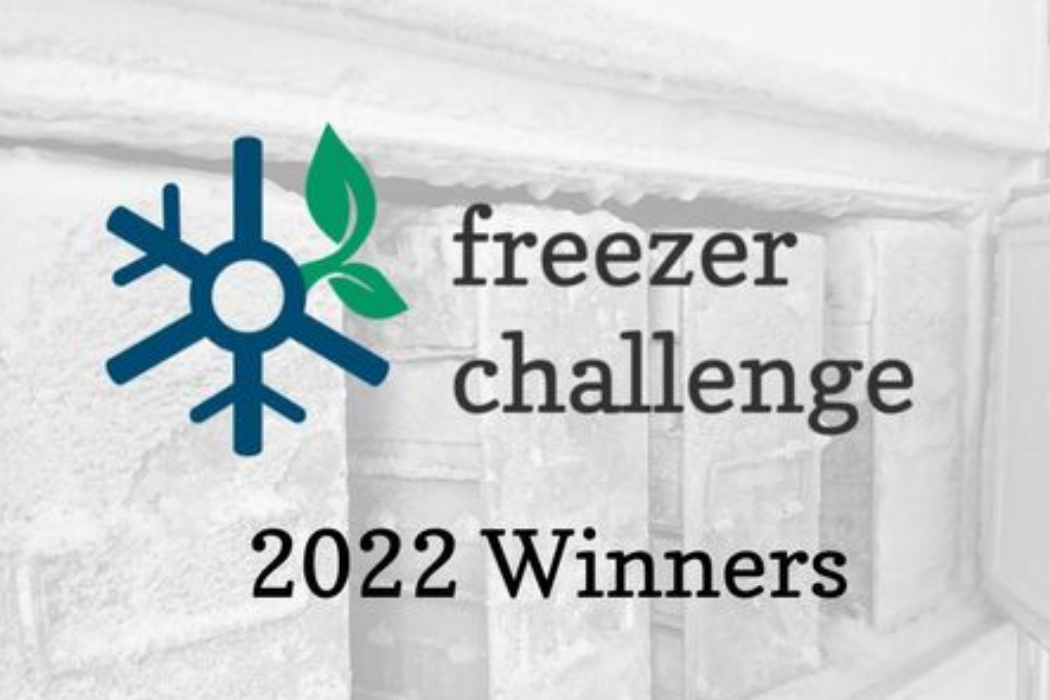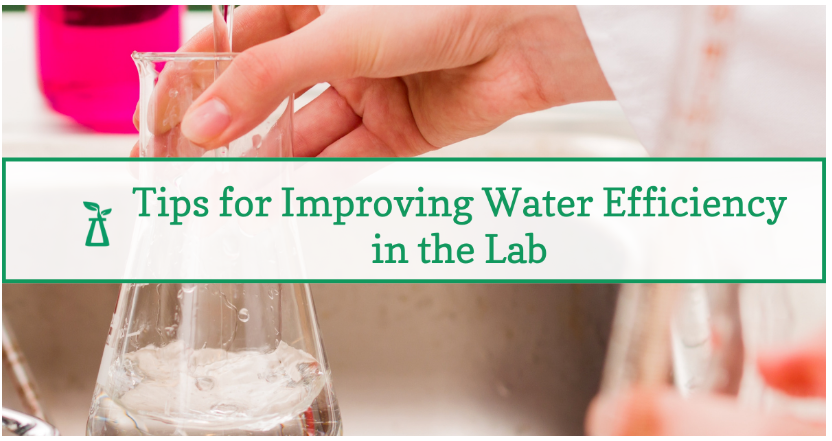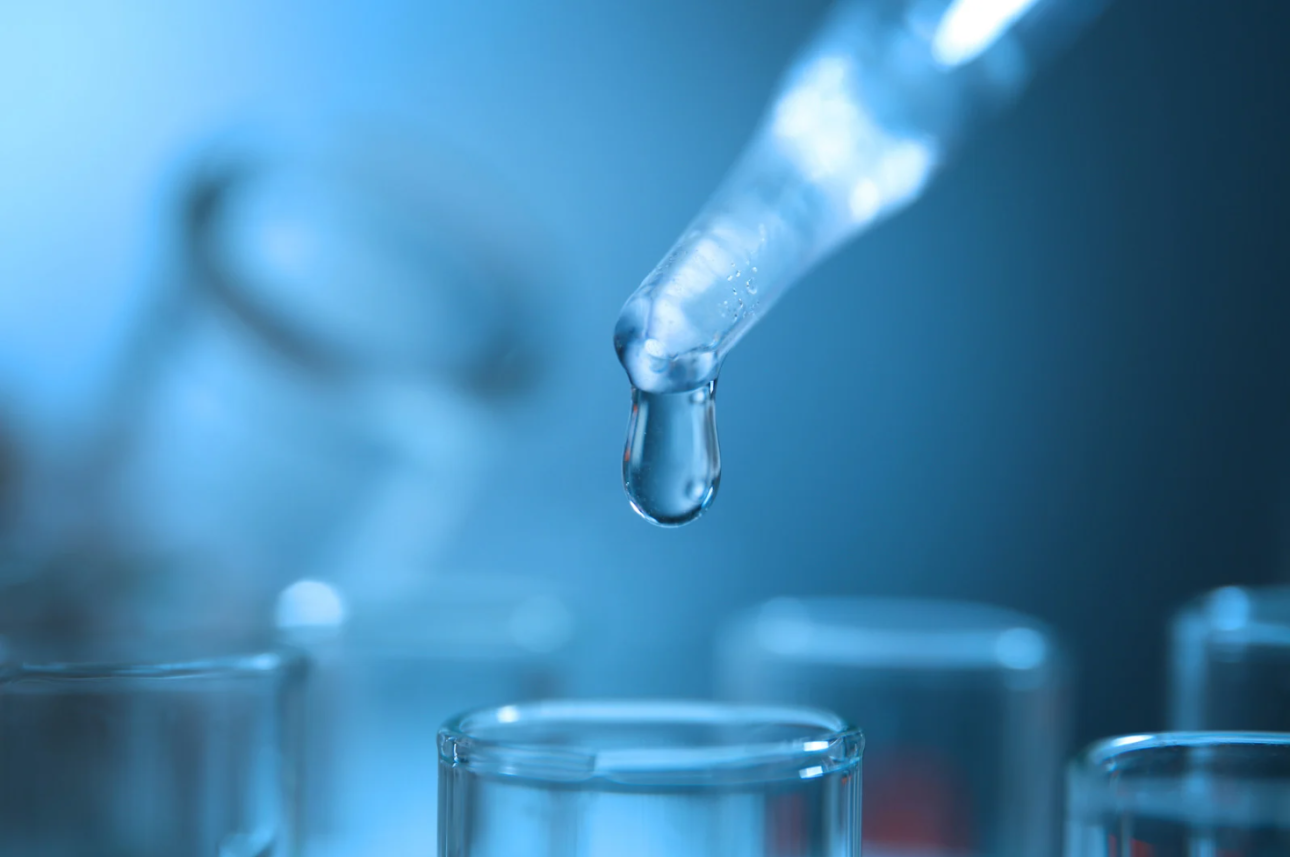
In the ever-evolving landscape of scientific research, balancing groundbreaking discoveries with sustainable practices is critical, as labs are resource-intensive spaces with significant environmental impacts. Envision a world where every laboratory operates at peak efficiency, not just in its research but in its commitment to sustainability. Achieving this vision begins with one crucial element: education.

The celebration of Earth Day serves as a reminder for us to reflect on our relationship with the planet and the impact of our actions. Every facet of our lives intertwines with the environment, both personally and professionally. In the laboratory, where innovation and scientific advancement take center stage, our impact may often go unnoticed.
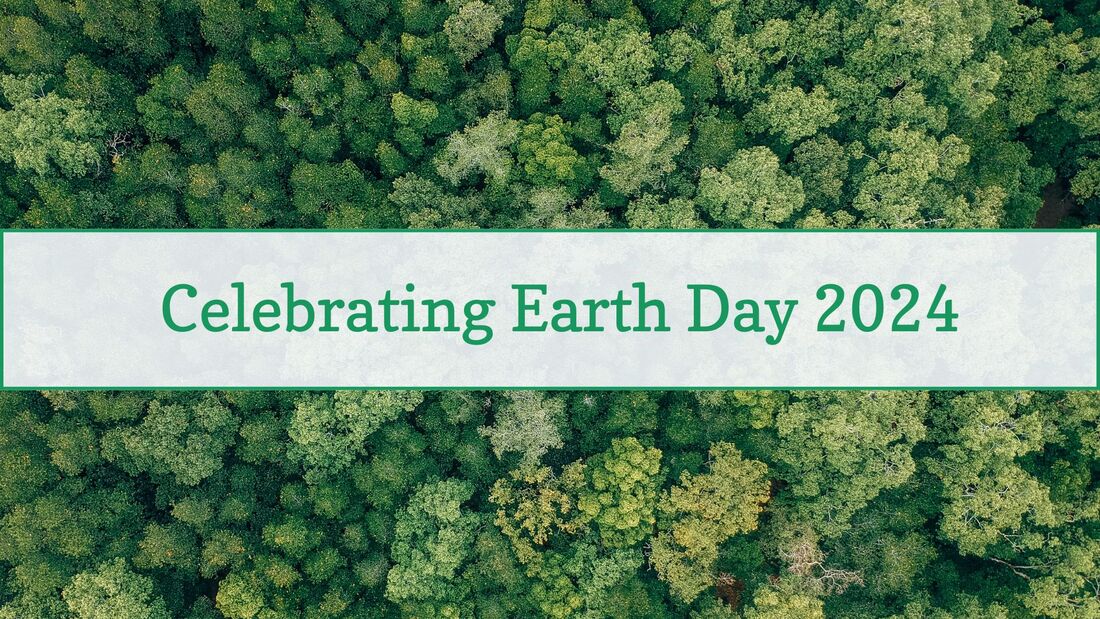
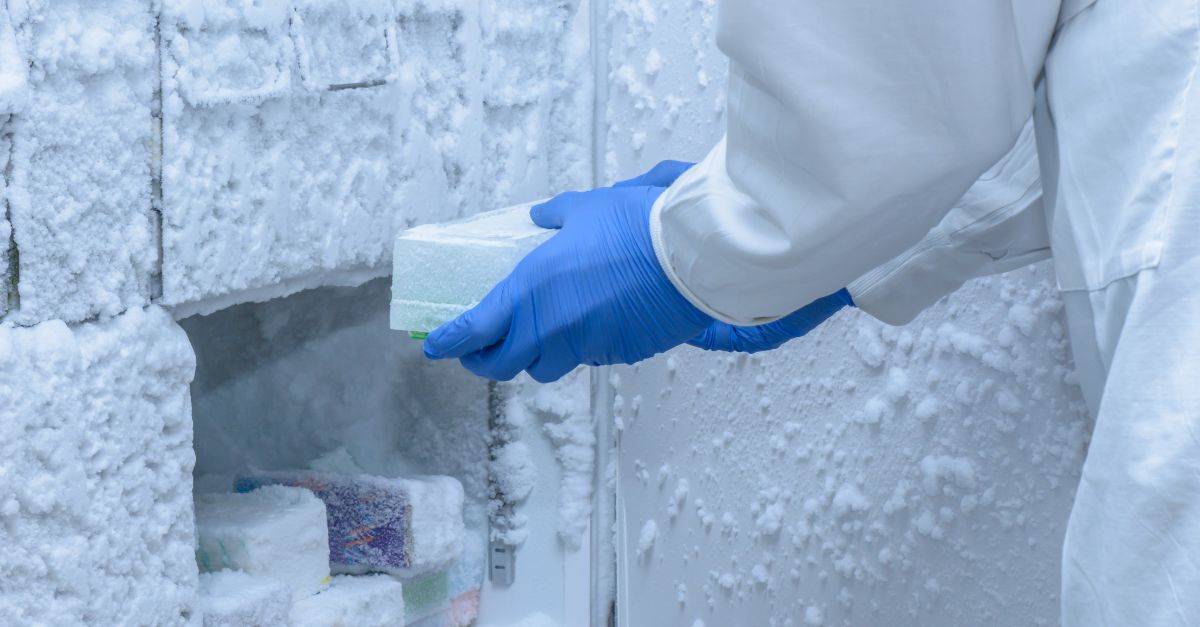
Laboratories are some of the most resource-intensive spaces on the planet, using 10x more energy and 4x more water than office spaces and creating 12 billion pounds of waste each year. Going green is no longer an option but a requirement for creating long-term, positive changes to the way we operate in the lab. If you are part of a faculty setting up a new laboratory, or part of a team that is updating an existing lab, incorporating sustainable design elements should be a key priority.
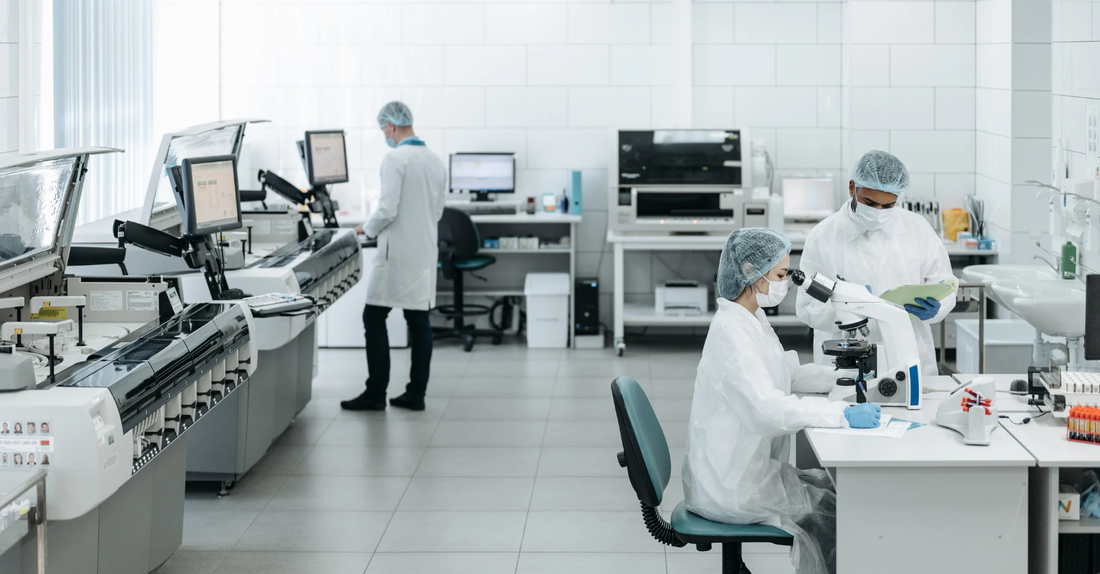
With over 1,200 labs from 27 countries and over 12,000 cold storage units participating, the 2022 Freezer Challenge has saved a total of 6,732 metric tons of carbon dioxide! This is the equivalent of the energy consumption of over 1,300 homes for one year. Since it's launch in 2017, the International Laboratory Freezer Challenge from My Green Lab and the International Institute for Sustainable Laboratories (I2SL) has saved a total of 24 million kWh of energy, reducing emissions by 16,796 metric tons, the equivalent of saving energy consumed by 3,268 homes for one year.
